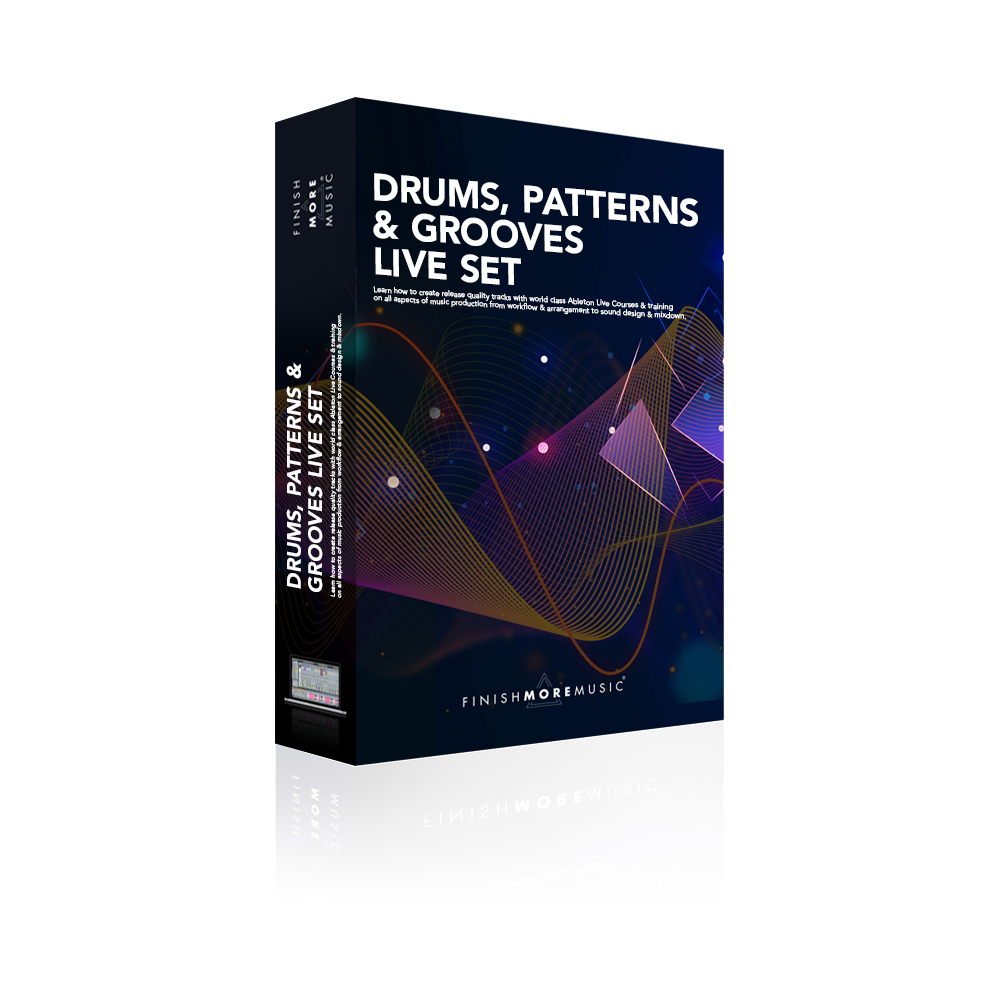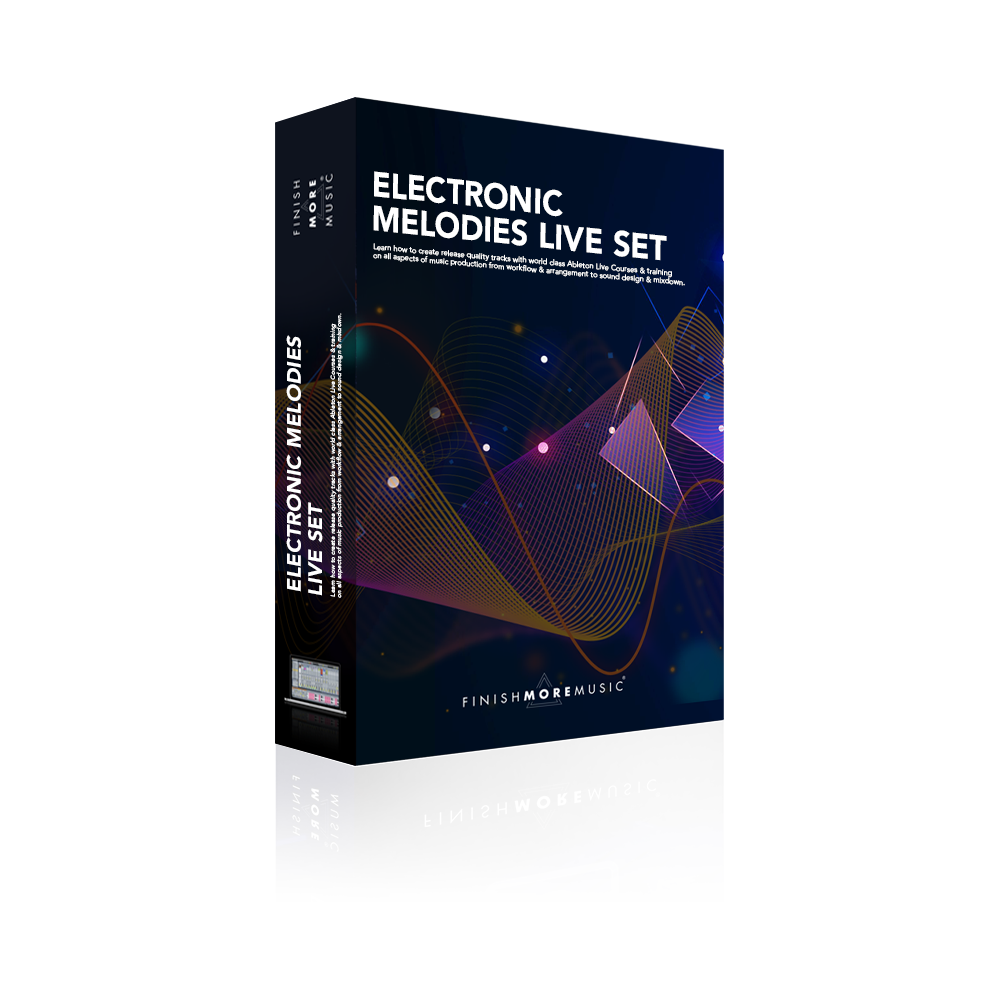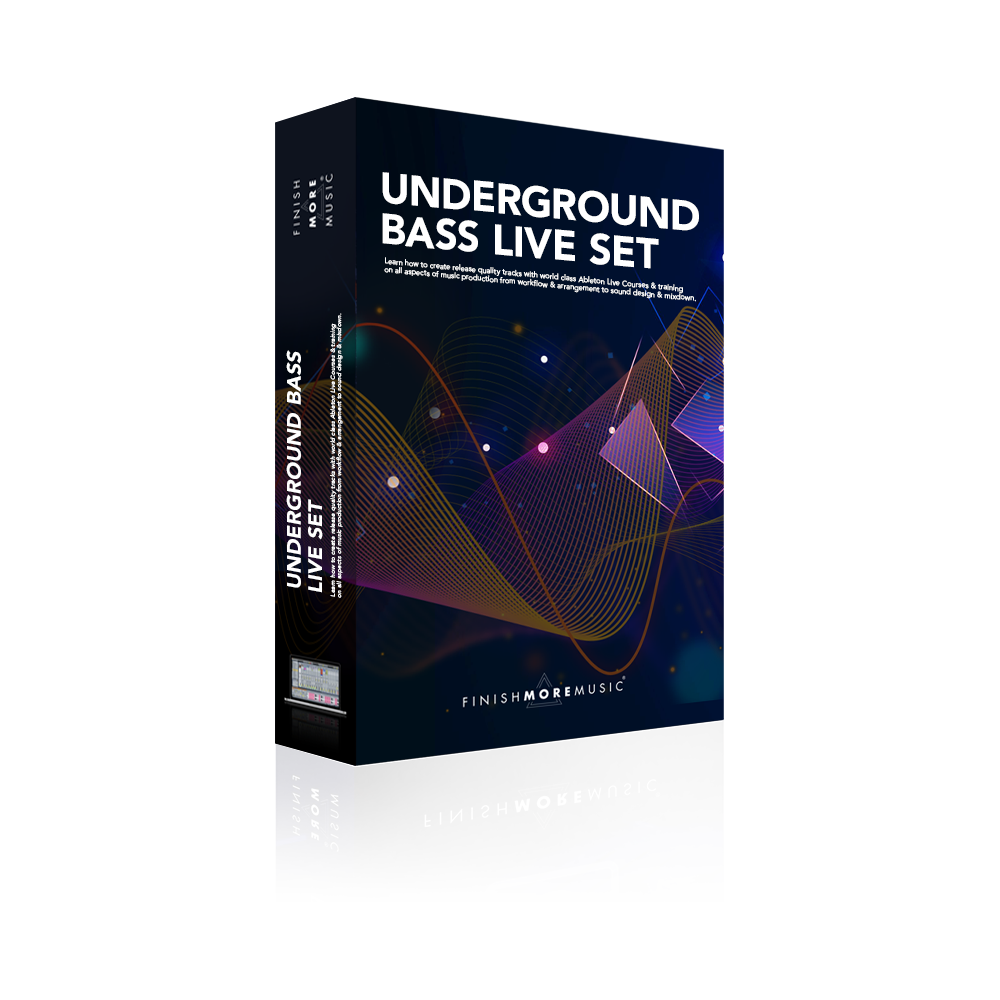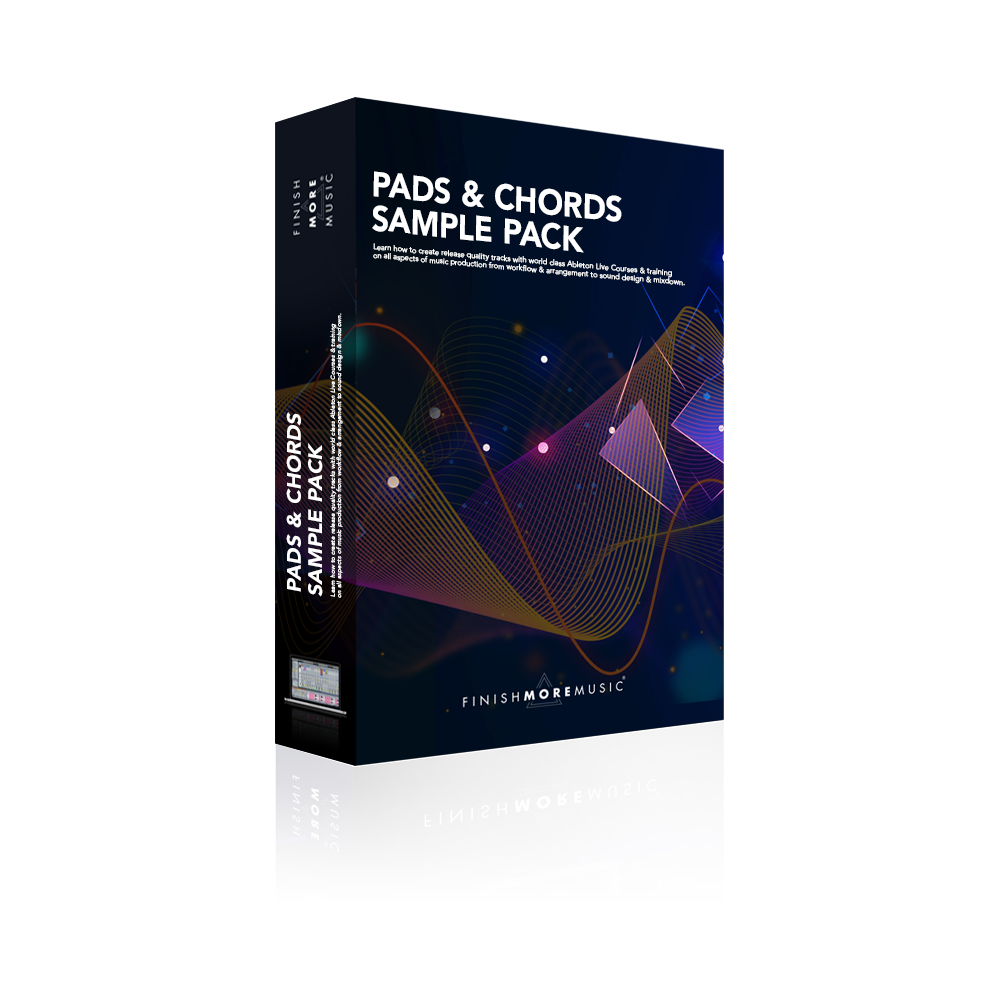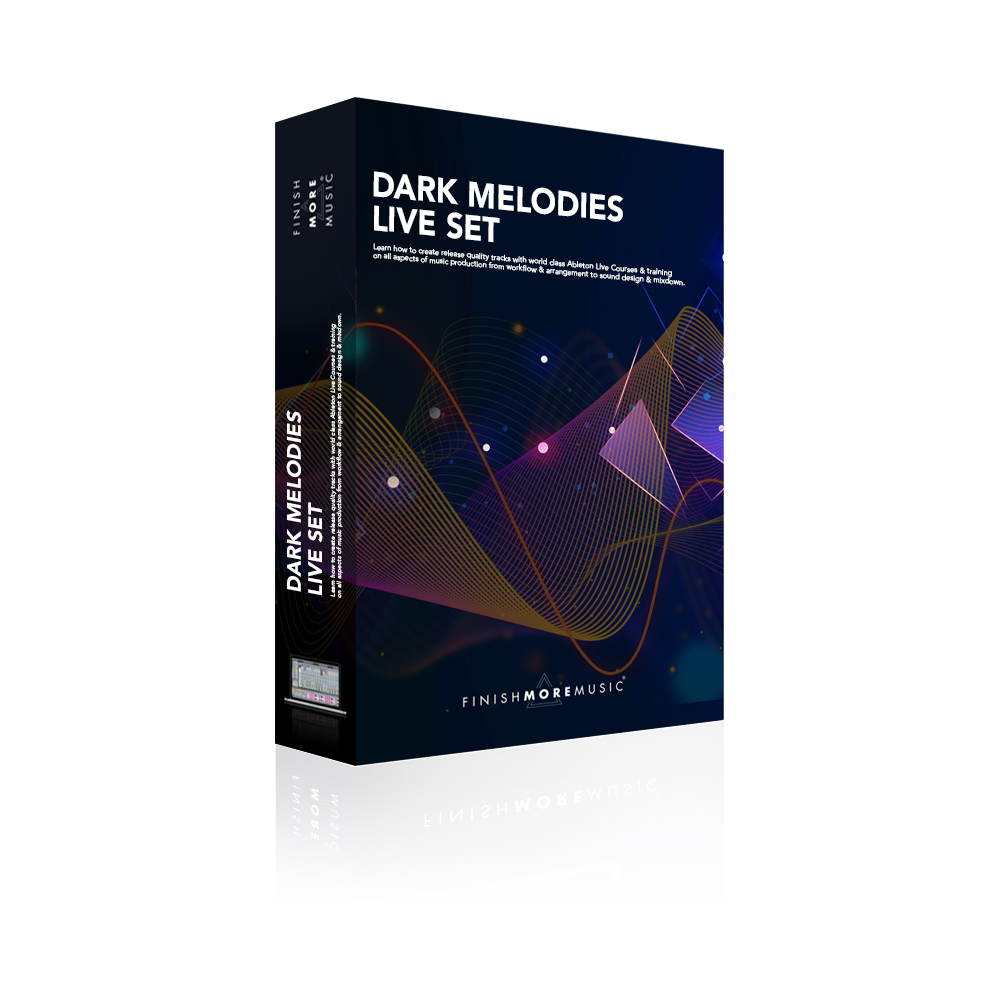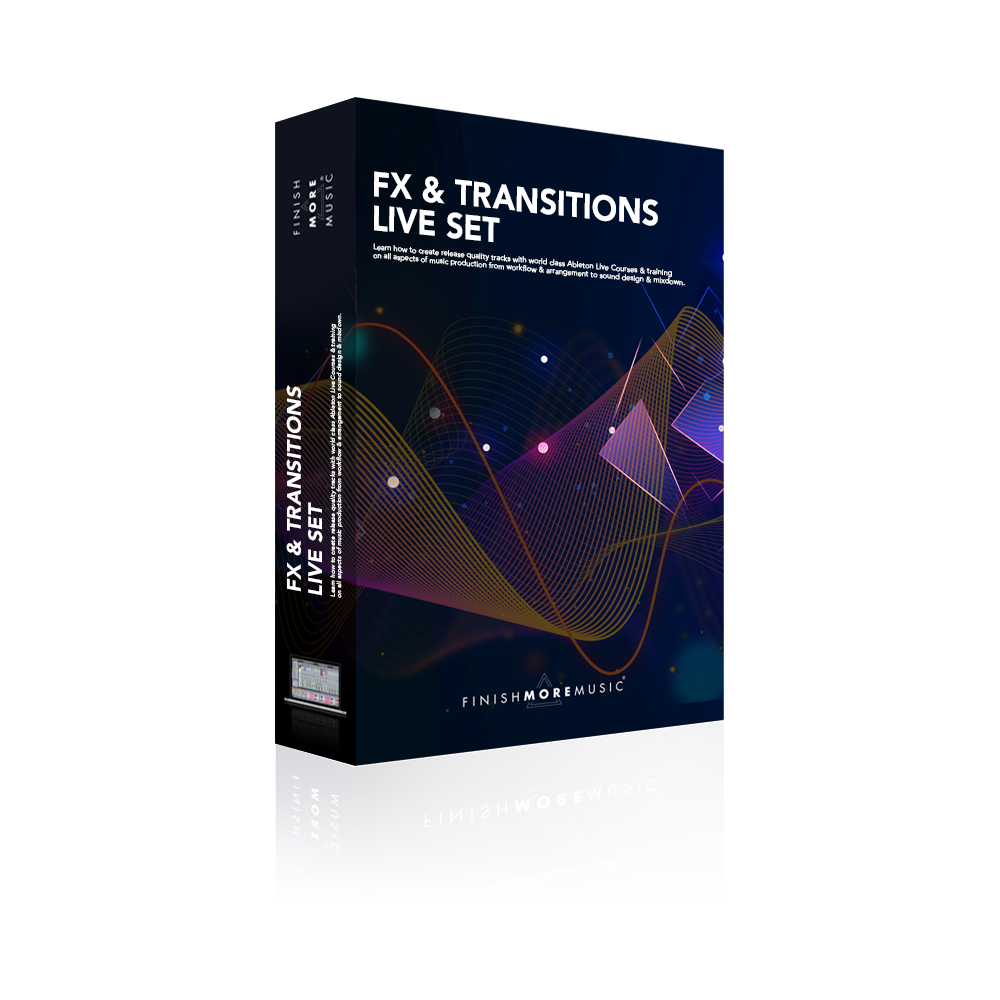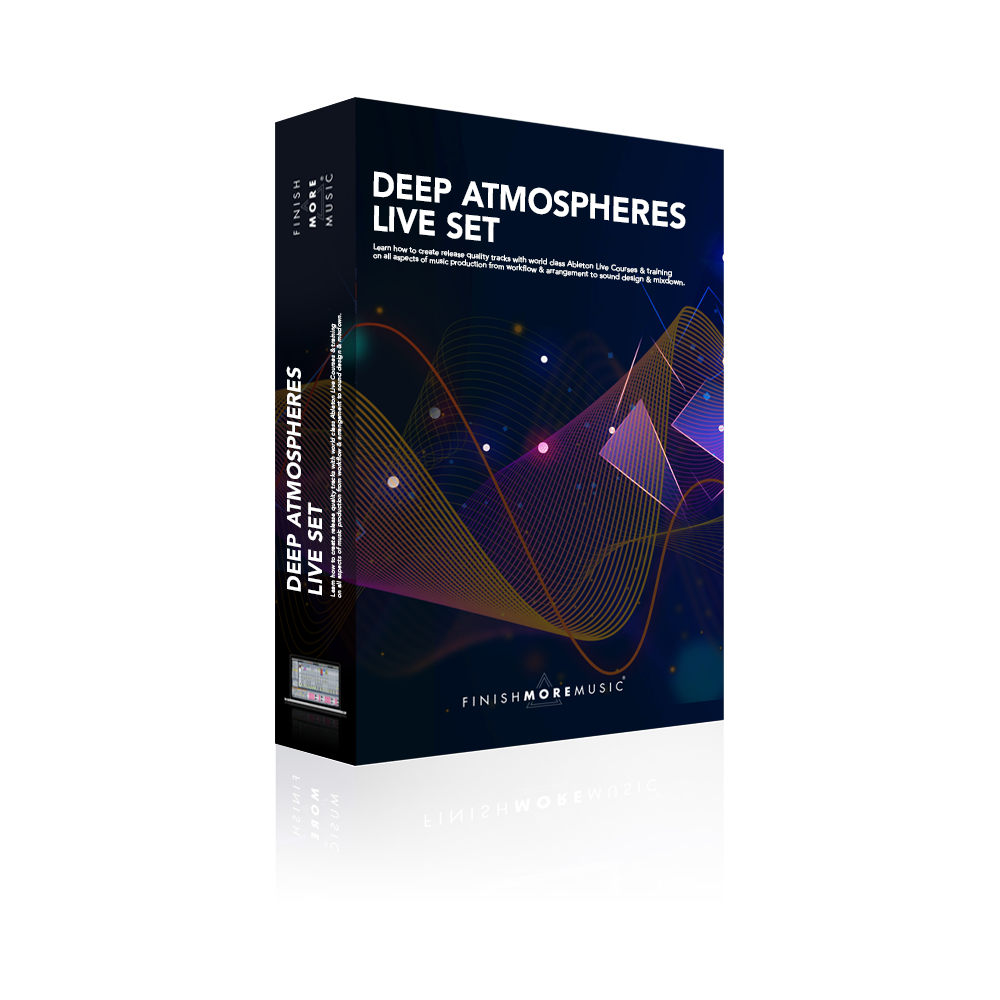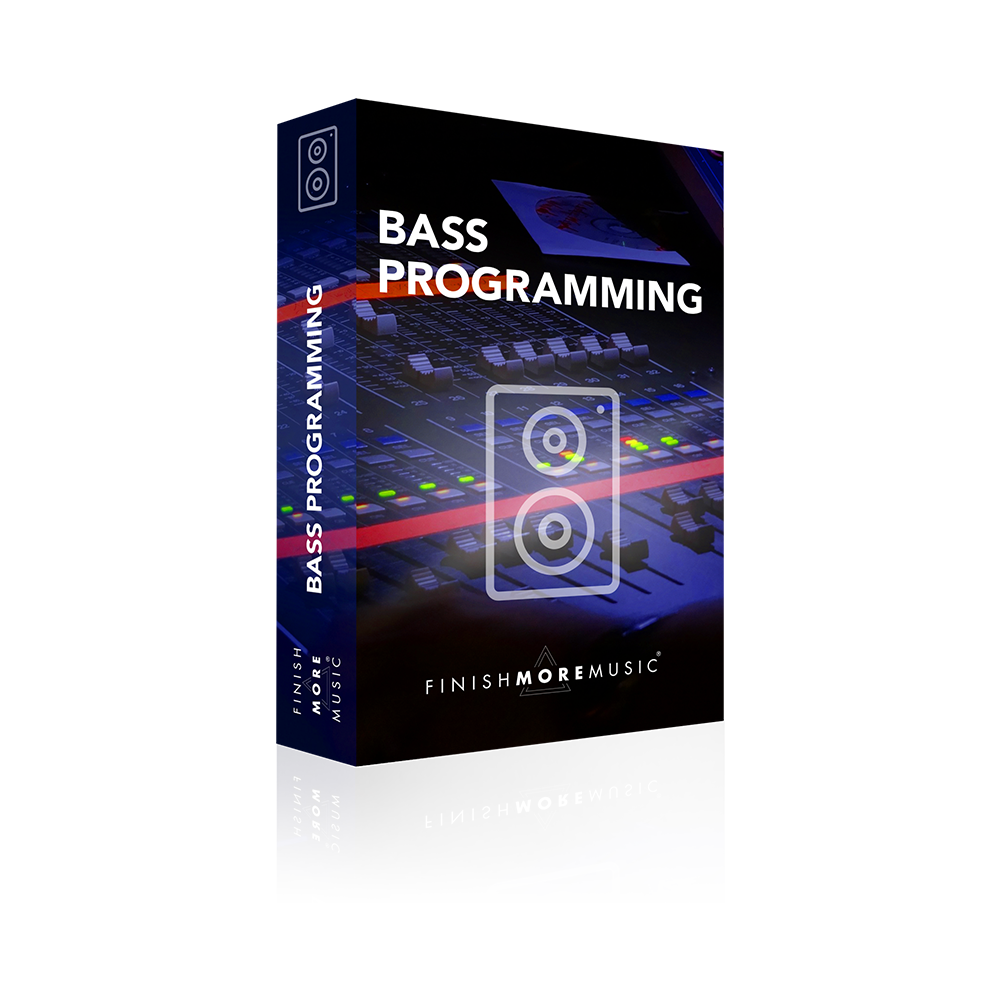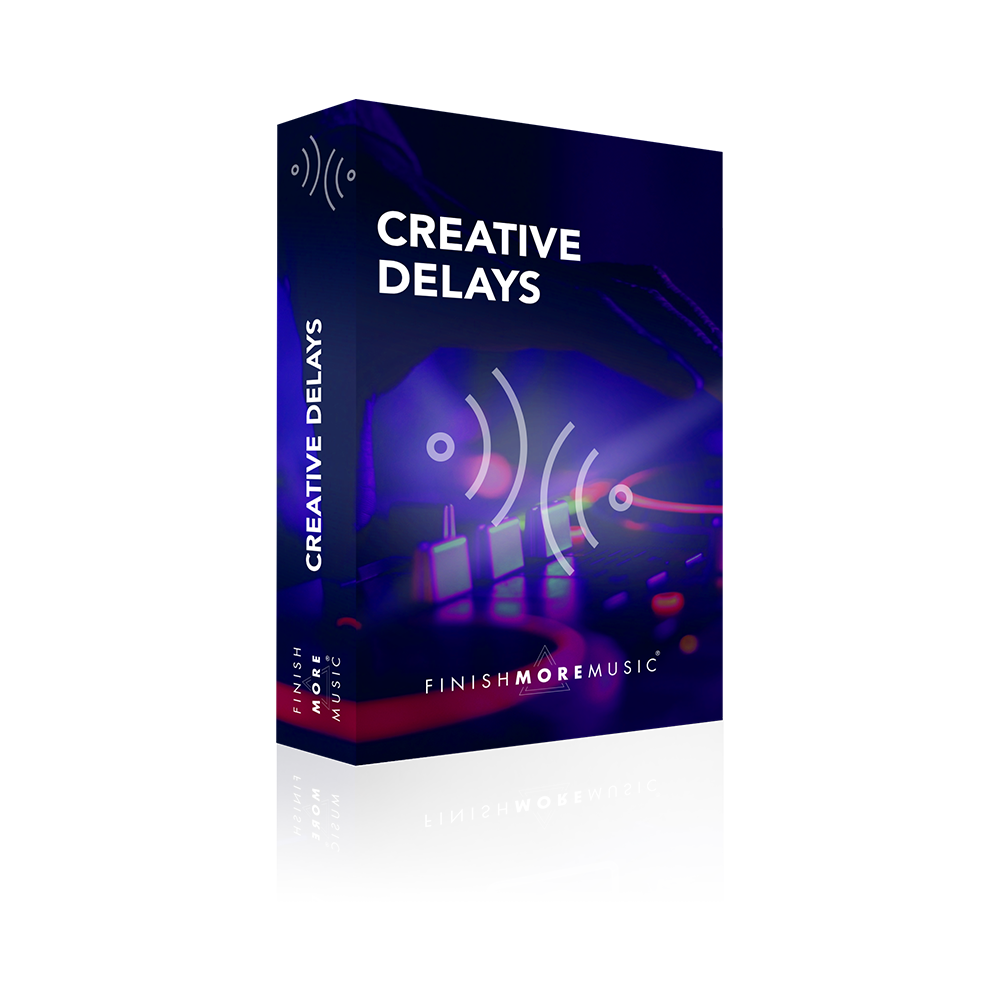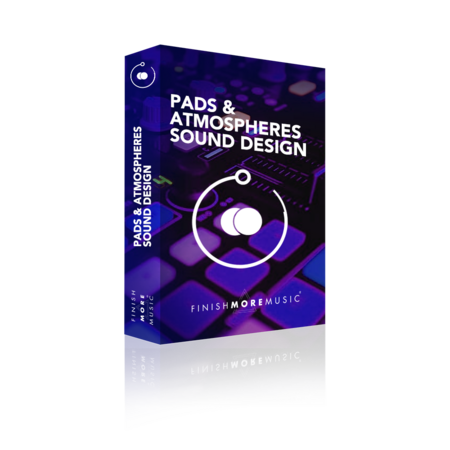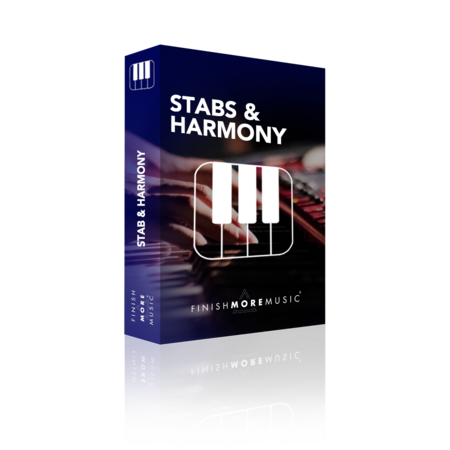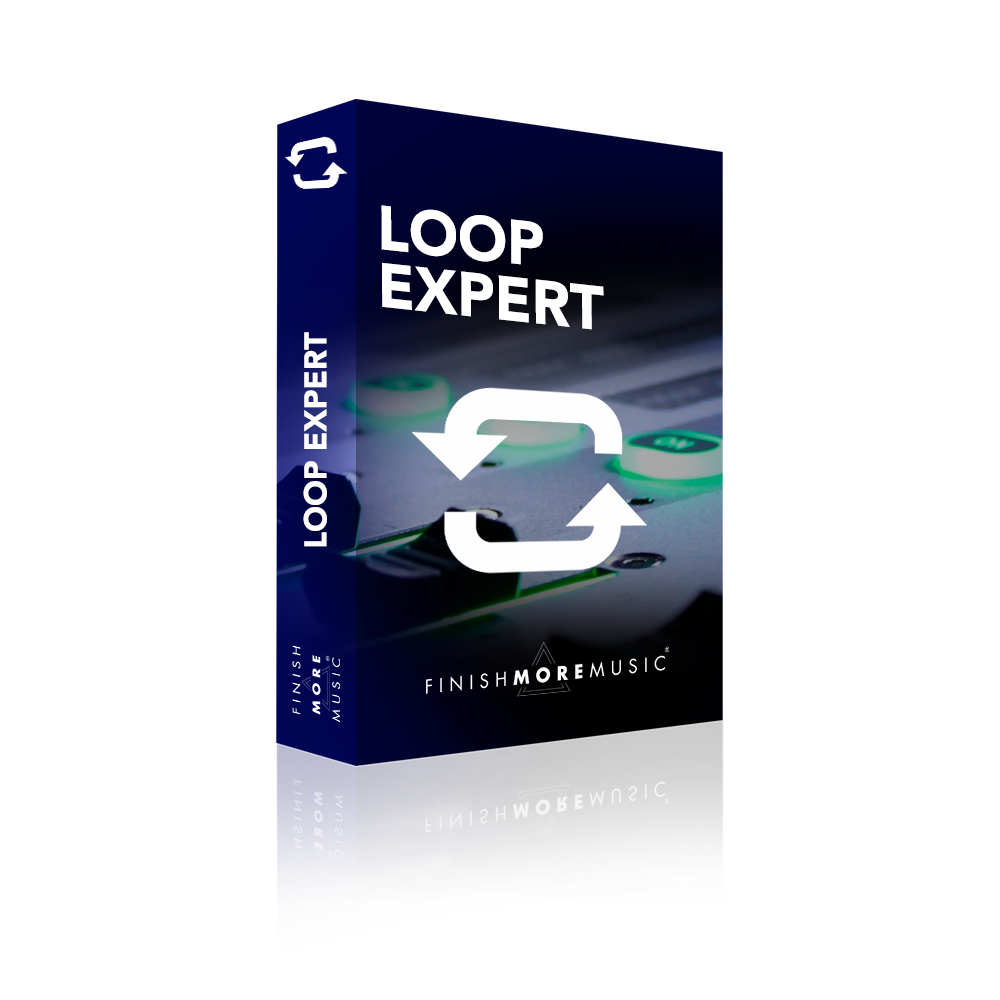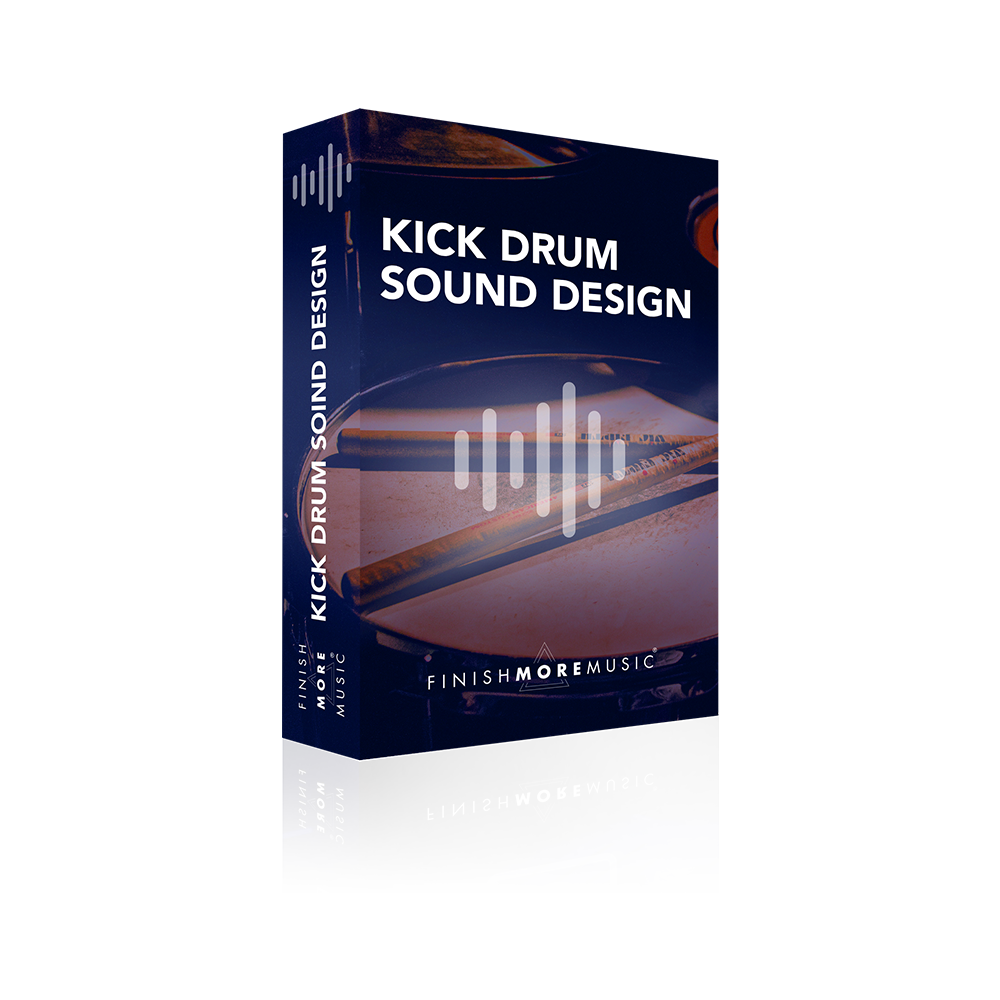Do you ever find yourself going round in circles trying to replicate ‘that sound’ you heard in your favourite track? Believe me, spending hours trying to design ‘that sound’ is usually pointless, as quite often artists use foley or found sounds in their music. In this tutorial I show you how easy it is to use everyday sounds to create unique elements that make your music stand out from the rest.
Transcript
A question that comes up very often from techno producers or producers in other really sort of dark underground genre’s, is often how can I replicate that sound that I am hearing in another track. And very often they’ve been going around in circles listening to presets in synths and trying to drag out the exact sound and getting absolutely no web. And very often this is because it’s a really pointless endeavor. And what they’re hearing in the other tracks is Foley sounds is field recordings. And they’re very unique, they’re very original.
So I want to show you how easy it is to get unique sounds into your music using something as simple as a recording from your phone. So let’s have a listen to this piece of music to get us started.
So this is one of the collaboration tracks from inside finish more music and the brief that we gave the four people working on this was that they had to use a bunch of film sounds. So let’s have a listen to some of the things that are going on. It’s about half of what you’re hearing are Foley sounds. Let’s start with this one here. So I’m just gonna play this for you. Let’s get rid of the processing and have a listen. Right it’s to drill, pretty uninspiring. By the time it appears in the track it sounds like this. Who would’ve known right.
So let’s have a look at how easy it is to do this. This particular sound has started out life just by playing a small snippet of the sound. And by simply messing around with a picture the notes in the start point you can get a whole range of bass. You can really really quickly explore a sound and get a range of options open to you. So have a listen to the different possible start points. All from moving the start marker right. And then obviously there’s some processing, we’ve got some EQ here. Don’t be afraid to go massively heavy-handed with this stuff. This is sound design and with your Foley sounds you can print out some really interesting artifacts and nuances in the sound. And then we’ve got a bit of reverb. There are literally no advanced skills needed in finding really really cool sounds. Let me play this one for you.
Right so this is adding that really kind of cool pumping, evolving texture underneath the track. And again let’s have a listen, let’s just get rid of everything on here so we can check this out in its original form. Hydraulic lifts, so cycling over what is that a couple of bars. So they’ve just grabbed two bars of a hydraulic lift. Obvious we got that pumping sidechain compression from the kick drum. Then we’ve got a couple of filters on here they’re really just cleaning it out cutting out the low end taking a bit off the tops. But even these you can see there’s automation so this is the sort of thing it could sound like.
Loads of cool movement available on that right really rich in harmonics. And then we’ve got just a filter at the end here. So first up there’s some resonance so this is really pronouncing the frequencies. And more than anything it’s boosting these frequencies at the cutoff point. But because what we’ve got here is a bandpass when we add some movement to this, it feels really really emphasized. So there is slow movement over the top of it I’m going to ramp it right up make it really exaggerated so you can hear what it’s doing. But they’ve got this running over, eight bars here. And it’s just quite subtle so it means we’ve got this nice evolving, organic texture and then with a sidechain compression it’s pumping along really nicely adding some depth to the track.
So if you do find yourself wondering, you know how on earth or a lot of these producers creating these exciting, unique sounds there’s a very good chance that this is your answer. Now and all I really want to get across more than anything in this video is don’t be put off thinking that this is gonna take you a lot of time. It is amazing the types of sounds you can come up with with very very little work. So I do recommend throwing yourself into it and just having a play around. Because if you haven’t done this before you might just surprise yourself.
So I hope you found this inspiring and useful. If you’ve got any resources, places that you find found sounds online, maybe free one’s amazing sample packs stick them in the comments. Great to share this sort of thing and help everybody else to move forward as well. All the best take care and happy music making.
Thank you for watching
I really appreciate you tuning in and I hope you’re enjoying the tutorials and taking some real value into your music sessions.
If this video resonated with you and you feel it will have a positive impact on the people you know, please share it by using the social media buttons you see at the bottom of this page.
To make sure you are always the first to know when a new video lands: Subscribe to the FMM Youtube channel here.
Let me know how you get on with the techniques I showed in the videos and if you have any suggestions for future tutorials, ping me a message on Instagram (@IamKeithMills)

